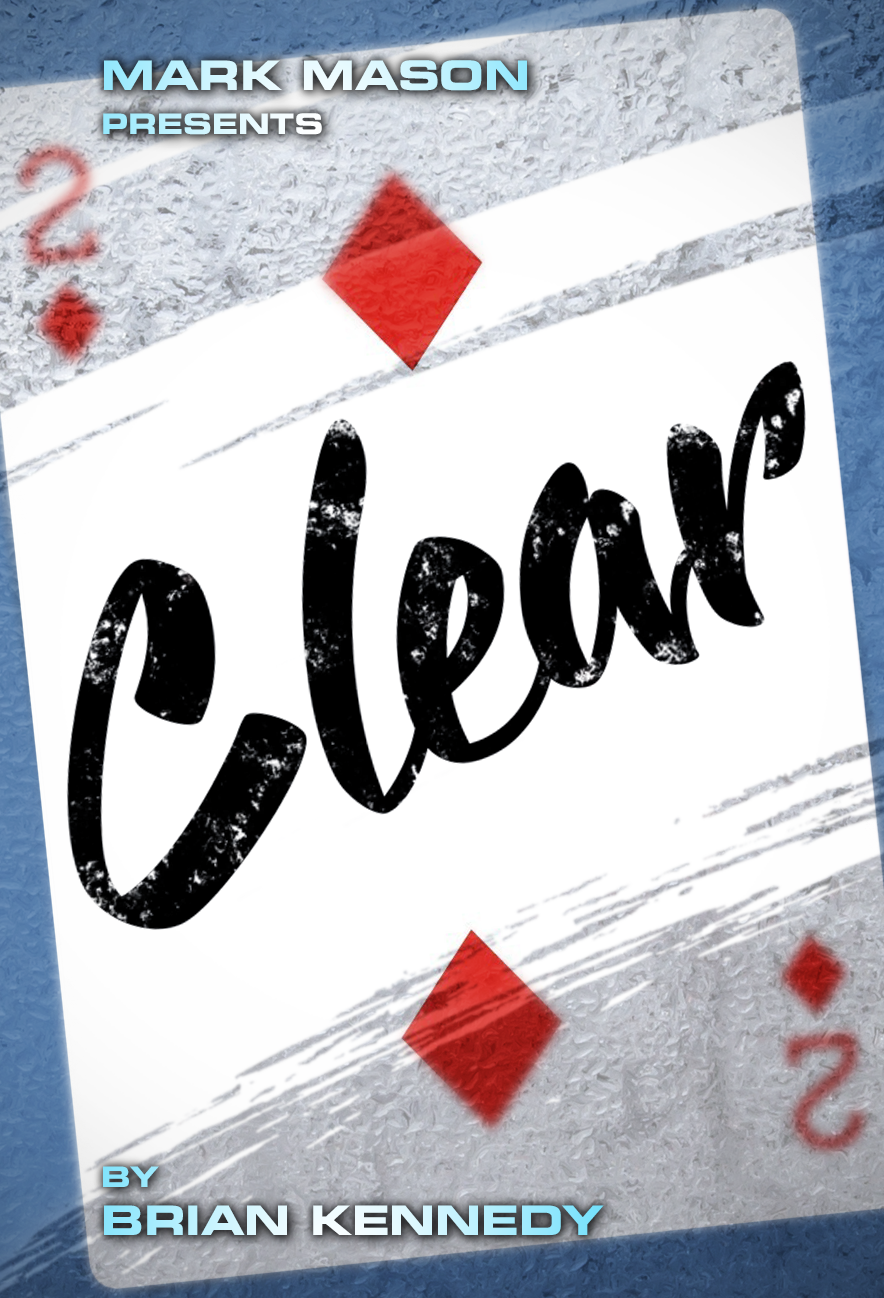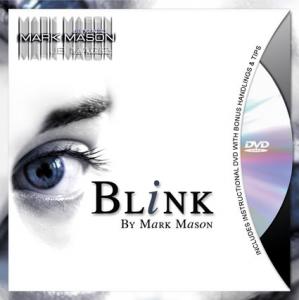

When I worked in a magic shop in the 1960’s and early 70’s, I often recommended the book to customers, but was surprised that very few of them bought it.

It has remained in print on the mass market ever since. Henry Hay (pseudonym of the late Barrows Mussey, 1912 - 1985) wrote his book in 1949 and it was first published the following year. (Basically, this was because of death - Nature’s way of illustrating that, in the great scheme of things, she doesn’t give a shit what you think.) By 1978, the majority of magicians and mentalists who said there was no real difference between “mentalism” and “mental magic,” no longer held that opinion. Note: The distinction most of today’s mentalists make between “mentalism” and “mental magic” was rarely, if ever, observed until the 1970’s, over twenty years after The Amateur Magician’s Handbook was written. It would be another five years before I heard of a guy named Corinda. I don’t think it’s accidental that Hay doesn’t discuss mentalism, or recommend Annemann, until after the student has “paid his dues” by developing a facility with fundamental sleights.Īs you may have guessed, The Amateur Magician’s Handbook was, back in 1962, my gateway into the world of magic and my first step to mentalism. Hay recommends that those wishing to specialize in this branch of the art should obtain a copy of Annemann’s Practical Mental Effects. The section on “mental magic” comes in the second half of the book and it is, unabashedly, based on the works of Theodore Annemann.

Their inevitable failure and embarrassment is a fate they could have avoided if someone had recommended Henry Hay’s book to them in the first place. Because of this, magicians who have an aversion to “practice” occasionally decide to go into mentalism because they think it is “easier” than straight magic.

It is quite possible to create a complete mental act based on subtleties and self-working effects. You won’t dare to show a feat of skill that is only half practiced – and this is one of the basic axioms in all conjuring. On a sleight of hand trick you can’t skimp on an easy trick the temptation is almost irresistible. …In short, you can learn to do a moderately difficult trick more easily than you can a perfectly easy trick. The time required to memorize a self-working trick is not long enough… The time required to learn a fairly simple sleight probably will be long enough for you to absorb the acting that goes with it. Familiarity breeds contempt… Some notion, at least, of magical acting can be taught in a book but it takes time to sink in. Worse, you won’t have entertained yourself. …If you start off with a few self-working tricks that you can plod through undetected, you may puzzle people, but you won’t entertain them. While most magic books aimed at beginners start out by teaching self-working effects, Hay wisely devoted the first half of his book to the “hard stuff.” In his words The Amateur Magician’s Handbook provides a broad based and practical foundation in the psychology and techniques of magic. None of the other books are particularly suitable for those “just starting out in magic, particularly mentalism.” It is the only suggestion that answers the original question. While all of the respondents mentioned valuable works, I agree with only one of the answers - the fourth. Sixth Answer: “Banachek's Psychological Subtleties and Richard Busch’s Peek Performances top my list of essential reading for the modern mentalist.” All you need to study is Corinda.”įourth Answer: “A great book for the beginner is Henry Hay's The Amateur Magician’s Handbook.”įifth Answer: “Don't forget Larry Becker's Stunners!” Third Answer: “Waters wasn't a performer and most of his effects aren’t very practical. Second Answer: “ Annemann and Corinda are out of date. Question: “What book or books are essential reading for someone just starting out in magic, particularly mentalism?”įirst Answer: “ Annemann's Practical Mental Effects and Corinda’s 13 Steps to Mentalism are essential reading for every mentalist.” Recent Thread on an Internet Magicians’ Forum – The Thirty-Nine Steps - A Mentalist's Library of Essential Works The unique feature of this list is that Bob explains for each title why it is in his list. It lists Bob's 39 most important magic books to study to achieve mastery in mentalism. Many consider this ebook the best Bob has ever written. This is an excerpt from Bob Cassidy's exceptional Fundamentals ebook. Updated: The Thirty-Nine Steps to Mentalism


 0 kommentar(er)
0 kommentar(er)
